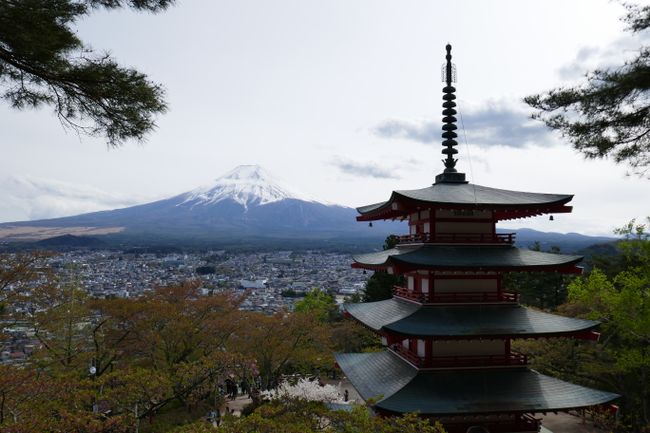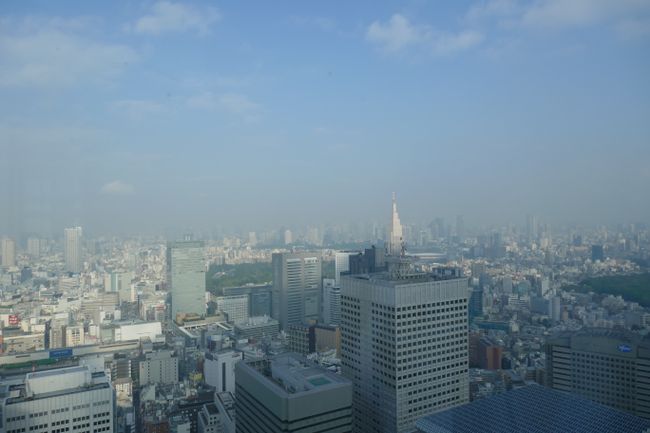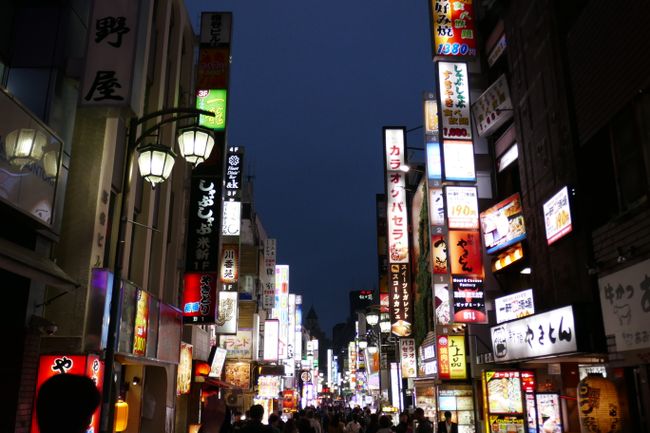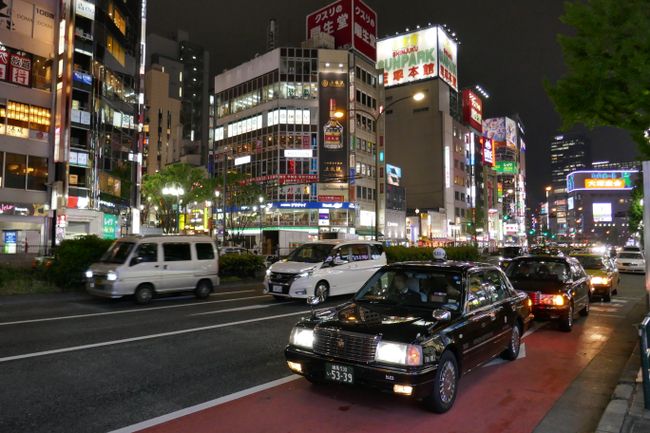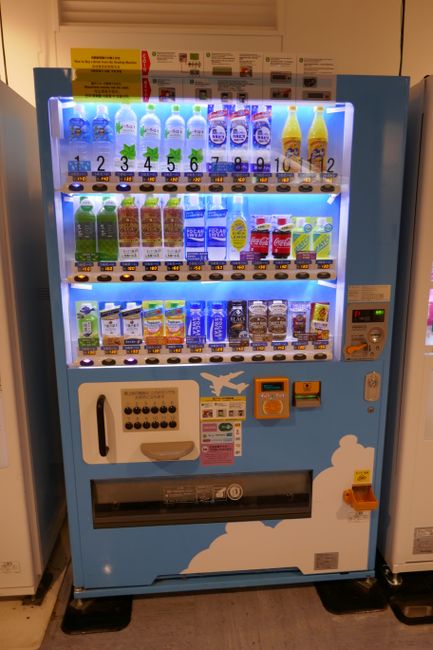Tokyo - The largest city in the world. And much more...
ተሓቲሙ: 29.04.2019
ንዜና ሳብስክራይብ ግበሩ
Tokyo Facts:
- Meaning of 'Tōkyō' in Japanese: 'Eastern Capital',
- Historical name: 'Edo' = 'River exit'/ 'River mouth'
- Population: 37.75 million
- Located on Honshu, one of the four main islands of Japan
Hello and moshimoshi, or for those reading this in the evening: Konnichi wa!
Wow. We've seen Tokyo! In this first travel post, we want to share our impressions of the Japanese capital, which actually resembles its own world rather than a city. Originally, we only planned to stay there for three nights and share this post with you earlier, but we made a last-minute change, which turned into five nights. You'll find out more about that in the last few lines.
Before the trip, we booked accommodation in the Asakusa district for the first few nights. It is located in the northeast part of the city and is part of the central subway system - so quite central for Tokyo's standards.
Tokyo gave us some first impressions of Japan. We experienced many interesting contradictions and were fascinated in every way. As endless as the view from the 45th floor of the Tokyo Metropolitan Government Building was, the possibilities in this 'city' for tourists are also endless: there was always something new to discover and admire. However, the days were limited and getting from A to - seemingly - Z and not - B often took an hour or longer. This had the consequence, especially for Nadine, of reluctantly crossing off items on her, not lacking in sights, 'Tokyo-Must-DO!' list. And this list was already a shortened version of the shortened version...

Well, sometimes less is more - as they say. And this turned out to be true for us as well. With our 72-hour subway ticket, we first visited sights in our immediate vicinity: the famous Sensoji Temple with the adjacent Nakamise shopping street and the Skytree. All these sights can be found in Asakusa. We visited all the famous sights of the whole city. The Shibuya Crossing and the Tokyo Tower were particularly impressive. At the largest intersection in the world, up to 15,000 people cross the street in a single green phase. The Tokyo Tower will also remain a vivid memory for us. It is a taller replica of the Eiffel Tower in the national colors of the country, white and red. Since Tokyo's metropolis also occupies part of the Japanese Pacific coast, we decided to go to Tokyo Bay. Here, we also saw the Rainbow Bridge, which only lives up to its name when it gets dark and shines in rainbow colors. In general, illuminated bridges, signs, and towers in Tokyo look even more impressive at night. The city never sleeps. It is still bright day and night. Speaking of 'night' in connection with 'impressive': The hippest and craziest part of the entire metropolis is Shinjuku. More precisely, Shinjuku-Kabukicho. Here, our already formed image of this crazy capital city was surpassed by tons: the entire neighborhood is bathed in light, there are stores with flashing arcade games everywhere, because it is THE game paradise par excellence. On top of a high-rise building, Godzilla looks down and colorful posters with popular manga characters hang in large format from the buildings. They are accompanied by large screens showing advertisements. The highlight for us was the 'Robot Restaurant'. This neighborhood is definitely worth a visit.
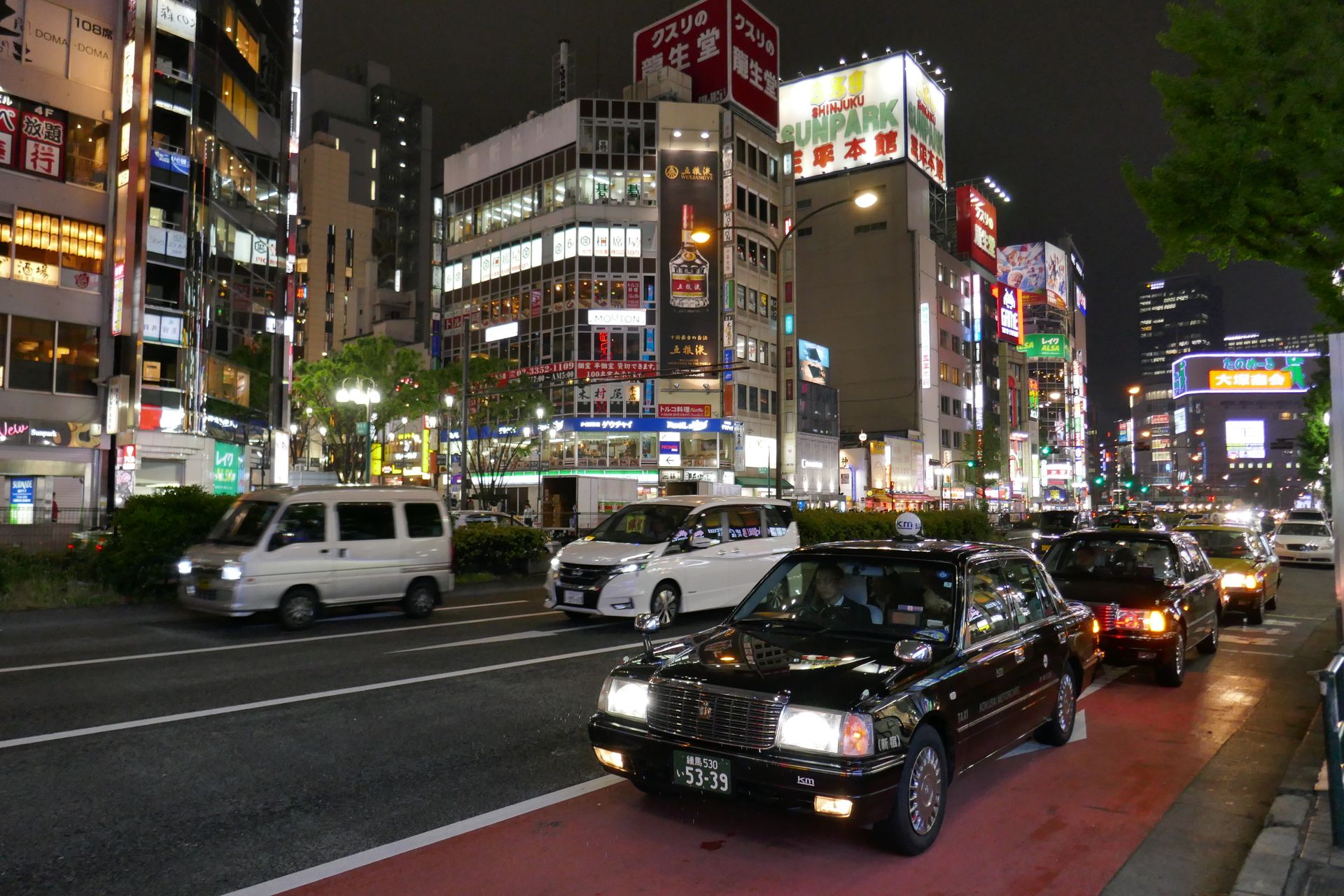

Former Edo seemed crazy and often chaotic to us, but at the same time, it is one of the most efficient cities in the world - especially when you consider that the subway system transports 8.6 million people daily. That's 3.1 billion per year, making it the most commonly used subway network in the world. A first fun fact about this: You can hear bird chirping at many underground stations. A second one: An important rule printed on many posters states: Do not rush to get the train! This command perfectly describes our first impression of the Japanese: they are very patient (sometimes too much??). But also super helpful: Often, the Japanese locals walked with us to our desired destination if they had trouble explaining the way to us in English. Besides these character traits, some other funny, strange, and foreign character traits and customs immediately revealed themselves to us: Burping seems to be an accepted sign that something tasted good. The food culture, in general, is very crazy: gooey, colorful, and artificial to the max - that's the perfect snack. For breakfast, lunch, and dinner, it can always be a box full of instant noodles in various flavors. We treated ourselves to some of these noodle boxes as well. The Japanese also really, really like meat (chicken, fish, ...). For Nadine, being a vegetarian, it is not so easy to find reasonably nutritious/ healthy food in supermarkets here. In such cases, she would usually go for 'onigiri' (a sushi rice snack). These 'supermarkets' are mostly more like mom-and-pop shops that sometimes also sell toiletries and pharmacy products. Especially in Tokyo, where these many people have hardly any space to live, these small shops are probably very useful. We were particularly thrilled by FamilyMart, as it is everywhere and invites you to browse. Nadine has already tried all Matcha products (cookies, chocolate, matcha latte, cake, ice cream, etc.) that were not nailed to the tree, and has now also become a Matcha fan. And when you get thirsty and nothing to drink is within reach, you don't have to worry. Because everywhere, and really everywhere, and on every street, there are vending machines with a huge selection of drinks. That's why we also noticed that there are almost no public trash cans. However, the streets are still very clean. It is assumed that people simply take their trash back home. However, the trash, especially the plastic waste, has its story. The Japanese generate an incredible amount of plastic waste. Everything is individually packaged. Even the small chewing gums.
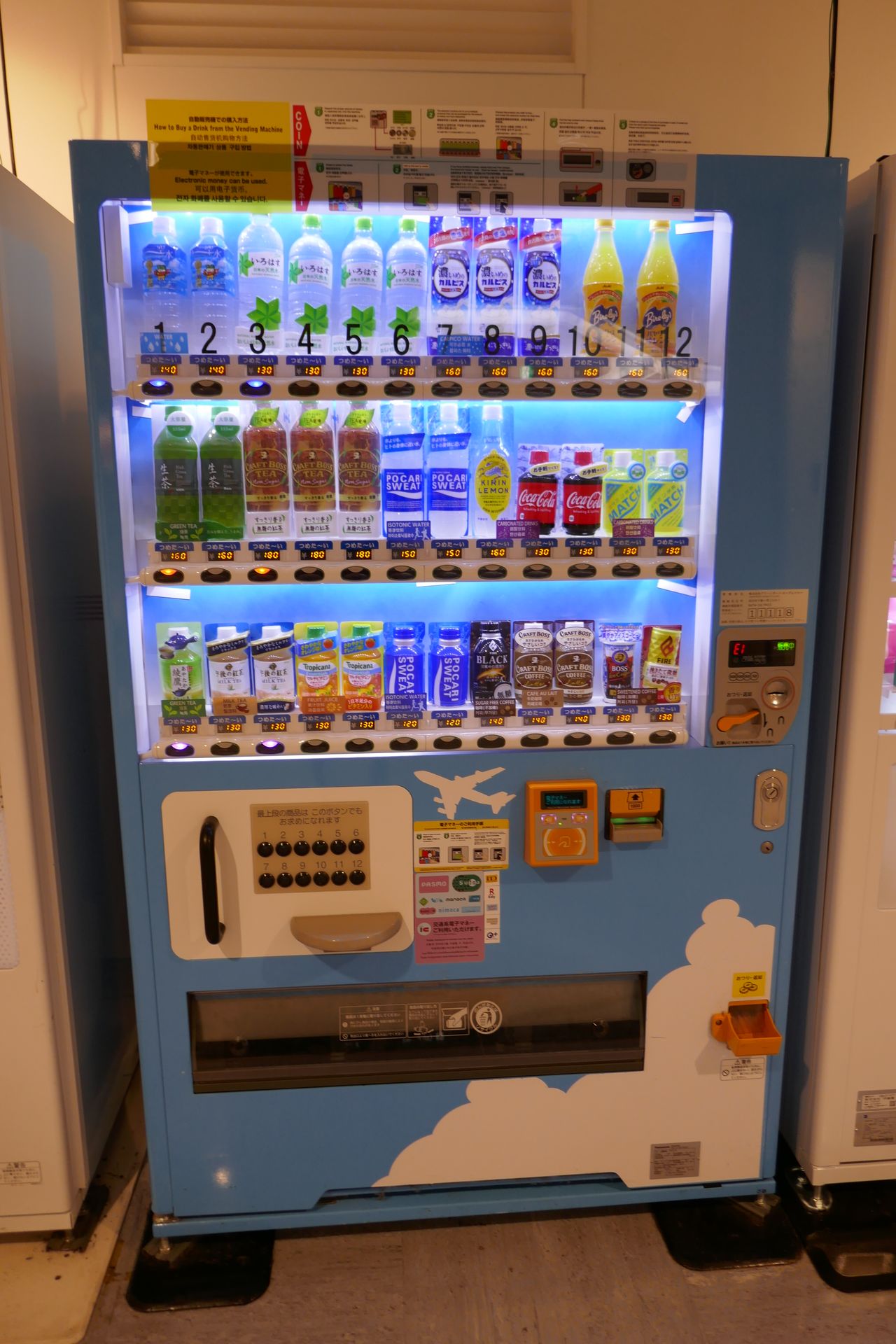
The well-known companion in life, 'It-always-turns-out-differently-than-expected', has already graced us with its appearance at our first place of stay. We planned, as mentioned, four days in Tokyo. However, as we learned, the 'Ōgata Renkyū', the Golden Week, was approaching for the coming days starting on Saturday (April 27). Who knew that? Not us. And why should we have known? They are holidays, and all of Tokyo flies out and swarms to rural areas - just like we planned to do. No matter. Two more days in the largest city in the world, then. However, we also filled these two days with memorable experiences. One day, we took a day trip to see Japan's landmark: Mount Fuji. It is depicted on almost every postcard. And in this picture:
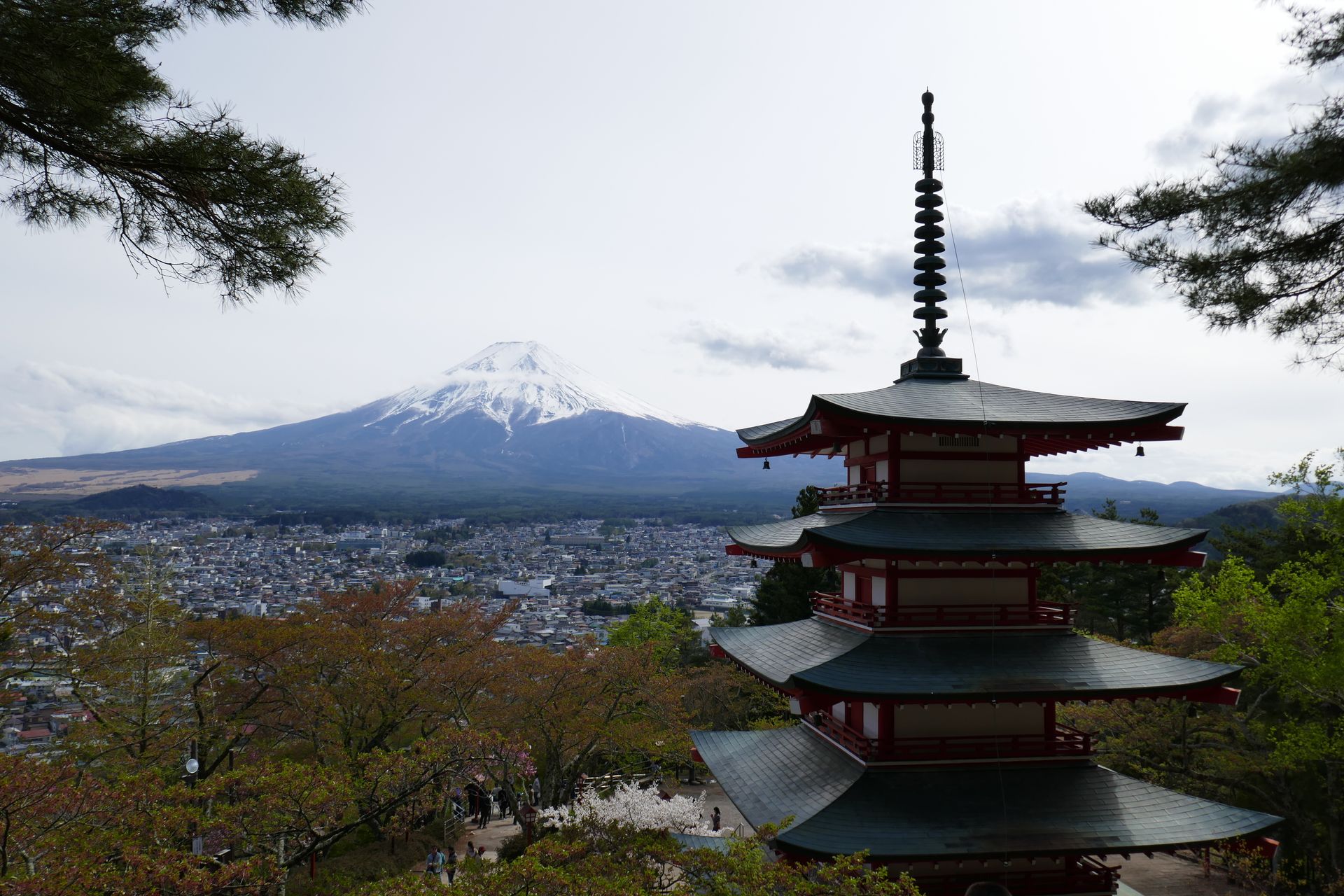
Best regards,
Maximilian and Nadine
P.S.: We miss German whole grain bread!
ንዜና ሳብስክራይብ ግበሩ
መልሲ


